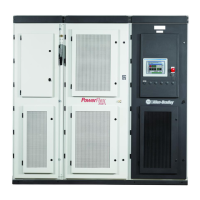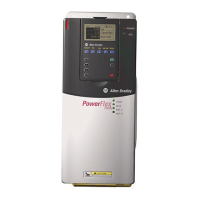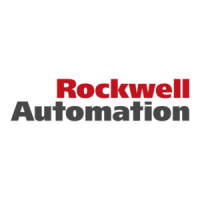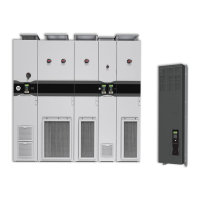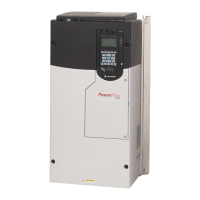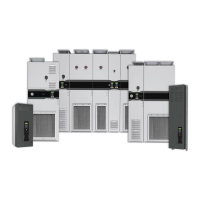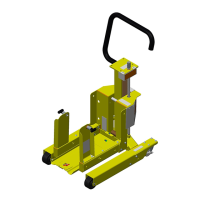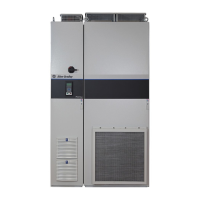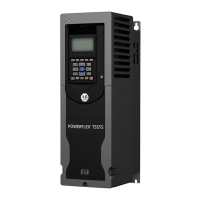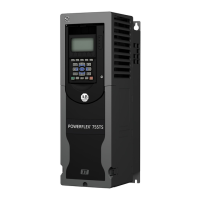Rockwell Automation Publication 7000-UM202H-EN-P - November 2023 203
Appendix E
Environmental Considerations
Air Quality Requirements Air cleanliness for PowerFlex™ 7000 drives is important for two reasons.
1. Airborne particulate that settles on heatsinks and heat-producing
components increases the thermal resistance of the components,
resulting in an increase in the temperature of the part. The internal fins
of the thyristor heatsinks must be kept clean; the dust on the surface of
the heatsinks interferes with the boundary layer air flow which inhibits
cooling of the part.
2. Particulate can decrease the tracking insulation of electrical insulation
materials within the drive. Electrically conductive dusts (such as coal
dust and metallic dusts) can be severe, however other particulates such as
cement dust moist from high ambient relative humidity may prove
destructive as well. Dust coating low voltage circuit boards can also cause
failures.
Air presented to the PowerFlex 7000 drive must be of a cleanliness expected in
a typical industrial control room environment. The drive is intended to operate
in conditions with no special precautions to minimize the presence of sand or
dust, but not in close proximity to sand or dust sources. This is defined by IEC
60721
(a)
as being less than 0.2 mg/m3 of dust.
If outside air does not meet the conditions described above (0.2 mg / m3), the
site air handling system must filter the air to ASHRAE (American Association
of Heating, Refrigeration and Air-Conditioning Engineers) Standard 52.2
MERV 11 (Minimum Efficiency Reporting Value). This filtration eliminates
from 65…80% of the particulate in Range 2 (1.0…3.0 μm) and 85% of the
particulate in Range 3 (3.0…10.0 μm). This filter system must be cleaned or
changed regularly.
This environment is accomplished by placing the drive in a pressurized room
with adequate air conditioning to maintain the ambient temperature. The
drive exhaust air is circulated within the control room. Five to ten percent
cooled/heated and filtered make-up air is usually provided to keep the room
pressurized.
(a) IEC 60721-3-3 “Classification of Environmental Conditions - Part 3: Classification of Groups of Environmental Parameters and
their Severities - Section 3: Stationary Use at Weather Protected Locations”.
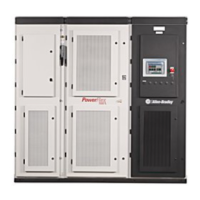
